Decoding the Essence of People First
Have you ever found yourself tangled in the intricate web of workplace dynamics, wondering what it truly means to put people first? Demystifying such concepts not only clarifies their essence but also makes them more accessible and less susceptible to misinterpretation or misuse. Before we embark on unraveling this concept, it’s crucial to grasp its essence fully. Identifying common misconceptions and debunking them lays the groundwork for understanding how prioritizing people can positively impact organizational culture and performance.
Let’s start from scratch. Being a People First company fundamentally entails prioritizing the well-being, needs, and interests of its employees. It’s a philosophy that places employees at the heart of decision-making processes and shapes the organizational culture. To truly embrace a People First approach, one must grasp the significance of the three P’s: People, Product, Profit.
A People First company prioritizes the physical, mental, and emotional well-being of its employees. This encompasses providing a safe and healthy work environment, supporting work-life balance, and addressing employee health and wellness. However, a common misconception revolves around pampering employees, often misconstrued as naivety or a lack of business focus, leading to assumptions of tolerance towards negative behaviors or toxicity.
Investing in the professional and personal development of employees is another hallmark of a People First organization. This involves offering training, skill-building opportunities, and career advancement prospects, fostering a culture of continuous learning and growth. Yet, this shouldn’t be confused with altering talent growth strategies or reward philosophies simply to accommodate dissenting voices or misunderstandings.
Transparent communication between leadership and employees is pivotal for a People First company. Encouraging feedback, actively listening to employee concerns, and keeping them informed about company decisions fosters trust and engagement. However, there’s a misconception that such openness may lead to giving undue weight to vocal minorities, disrupting established workflows, or compromising on business objectives.
Maintaining a healthy work-life balance is integral to a People First approach. This involves promoting flexible work arrangements, providing paid time off, and implementing policies that enable employees to manage their professional and personal commitments effectively. However, this doesn’t imply condoning absenteeism or moonlighting; rather, it emphasizes empowering employees to achieve equilibrium between work and life.
Embracing equity, diversity, and inclusion (EDI) is another cornerstone of a People First company. Creating an inclusive environment where all employees feel respected and valued fosters innovation and collaboration. However, this shouldn’t be misconstrued as taking an adversarial stance but rather as advocating for positive change and inclusivity.
Empowering employees to make decisions and take ownership of their work is a defining trait of a People First organization. However, this doesn’t signify adopting a laissez-faire approach; instead, it involves making tough decisions that align with organizational goals, even if they’re not universally popular.
Ensuring fair and competitive compensation packages is vital for recognizing and rewarding employee efforts. However, maintaining transparency about reward philosophies doesn’t necessarily mean disclosing all salary details openly.
Engaging in social and environmental responsibility initiatives underscores a People First company’s commitment to global citizenship. However, this shouldn’t overshadow business objectives but rather complement them, contributing to a sustainable and socially responsible business model.
Taking a long-term perspective and prioritizing employee well-being can lead to sustainable organizational success. However, this doesn’t shield companies from market fluctuations or competition; rather, it’s about navigating challenges with humanity, compassion, and resilience.
Ultimately, being a People First company isn’t just about prioritizing employees during good times but also about demonstrating humanity, empathy, and compassion, especially in adversity. It’s about fostering a sense of community, interconnectedness, and shared responsibility while keeping business objectives in focus. In essence, it’s about being “human first” and recognizing that our collective well-being and success are intertwined.




